On a recent trip to Madhya Pradesh and Maharashtra, Matt Birkinshaw learnt about the effects that large dam projects on the Narmada River are having on the local community and environment.
I recently visited the Narmada Valley in western India with the Narmada Bachao Andolan (NBA), one of India’s longest running social movements. In 1985, groups campaigning against negative social and environmental effects of dam projects on the Narmada came together to form NBA. In campaigning against the impact of the dams on India’s political and physical landscape as well as the lives of many thousands of India’s most marginalised people, the movement claimed, at its height, half a million supporters and forced changes in both government and World Bank policies. A journey through the valley reveals a complex story of scarce resources, government infrastructure, and power.
The Narmada River runs from eastern Madhya Pradesh to the Arabian Sea and supports some of India’s most fertile land. Much of the area is occupied by adivasi or tribal people, 750 million of whom live in the hill regions of central India. The green fields and wooded hills of the landscape reflect agricultural prosperity and low-impact self-reliance. Or used to.
There are 12 big dams, 365 medium dams, and 3,000 smaller projects planned for the Narmada River. On completion, these projects will submerge 200 square kilometres and affect 250,000 people in 242 villages. The Indira Sagar Dam alone will flood an area big enough to produce the largest reservoir in India, and displace an estimated 300,000 people. Although dams on the river are intended to provide a ‘liquid lifeline’ to the dry regions of Kutch and Saurashtra, only 15 per cent of the canal network has been built in the 18 years since development began. Campaigners say that water and power seem to be diverted instead to Gujarat’s booming industrial cities – Ahmedabad, Surat and Vadodara – the support base for Gujarat’s Chief Minister, and BJP 2014 prime ministerial candidate, Narendra Modi.
Canals from the Indira Sagar are supposed to take water from the reservoir to fields that need irrigation. Unfortunately, these canals cut through fields that are already well irrigated and do not need extra water. As the canals are perpendicular to the underground water flow, they are causing water logging in adjacent fields, damaging crops and land. In addition to being poorly planned, the canals are poorly built. Recent rains have caused breaches, like the one shown above, in many places along the length of the canal, indicating the use of low-grade or adulterated concrete. There are concerns of further damage and flooding once dam water is released into the canals.
The Narmada River is worshipped as sacred by both adivasis and Hindus. When adivasi prayers are answered, they contribute something to the shrine—often in the form of clay cups (pictured here) and horses. According to scholars, Hindus believe that the sacred powers of the river allow it to transcend material pollution. But this is not the case for adivasis who believe the degraded state of the environment has ‘angered’ the river, resulting in increased flooding, dangerous collapsing banks, decreased fish stocks, and an increase in crocodile attacks.
Fishermen’s boats still ply the river in small numbers, though siltation has led to a dramatic decline in fish levels in the Narmada. Silt clogging has led the river to rise approximately 120 metres, making steep hillsides appear as riverbanks. The earth is not accustomed to this role and so is dangerously unstable. Remote adivasi communities still farm small plots along the sides of the backwater, moving areas under cultivation higher as the water level rises. Beneath the water lie the tangled tops of submerged trees. Slipping into the water if the earth underfoot collapses is a real danger for children and livestock, particularly since the nearest hospital is a many hours’ walk, boat journey, and drive away.
Before September 2013, when the Land Acquisition, Rehabilitation and Resettlement Bill was approved in the Indian Parliament, the Indian government exercised eminent domain under the British Raj-era Land Acquisition Act of 1894. This has meant that a central battle regarding damming the Narmada has been for fair compensation for locals affected by development projects. In the mid-1990s, the NBA campaign had a major victory when it forced the Indian government and the World Bank to introduce relocation and rehabilitation policies for displaced communities.
The large support the NBA still rallies in the valley is testament to its years of campaigning. Large meetings were underway at village after village that I visited. This image shows women from Kalgat village leading a march to fields where adivasi farmers have successfully obtained good land by continuing to refuse monetary compensation or inadequate offers. Rehabilitation land is often said to be stony and dry and the allocation process faces corruption allegations. Sadly, elected representatives do not seem to be interested in these issues—three Hindu temples are the only sites that politicians have visited in connection with the Sardar Sarovar dam submergence.
One of the latest issues villagers in the valley are facing is illegal sand mining, or the rise of the ‘sand mafia’. An alleged nexus of gangsters, politicians, and cops keep trucks running well into the night to extract sand for the real estate industry as far away as Mumbai and Delhi. Ecologically, sand mining leads to rapid siltation—one of the primary causes of dam decommissioning as well as the decline in river flow, water quality, and fish and wildlife populations. NBA activists have already been issued with death threats at their homes in response to their focus on sand mining.
In collaboration with the NBA, communities affected by submergence have established a network of jeevanshalas or ‘life-schools’ to provide children with education and self-confidence in these remote areas. Teachers are capable younger community members who teach math, Hindi, English, local tribal languages as well as farming and ecology. Facilities are basic (though I did spot one solar panel), but children come from far-flung surrounding villages and the schools are well subscribed. Other responses to the lack of amenities include training of health volunteers and, most recently, the opening of a health centre by the NBA and villagers.
For more information on the development of the Narmada Valley, see these articles by Ramachandra Guha, Arundhati Roy, and Amita Baviskar. For updates on the NBA, check the website of the National Alliance of People’s Movements.
About the Author
Matt Birkinshaw is a PhD candidate at LSE’s Department of Geography and Environment. Visit Matt’s blog, Human + Geography, for more posts by him.


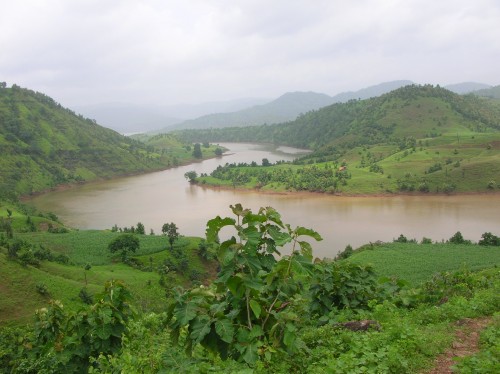

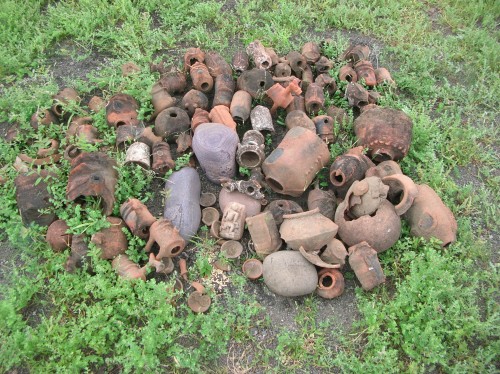
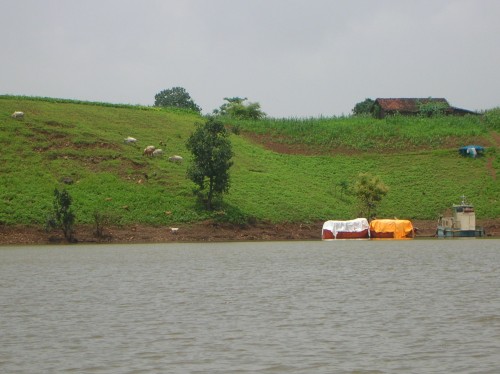
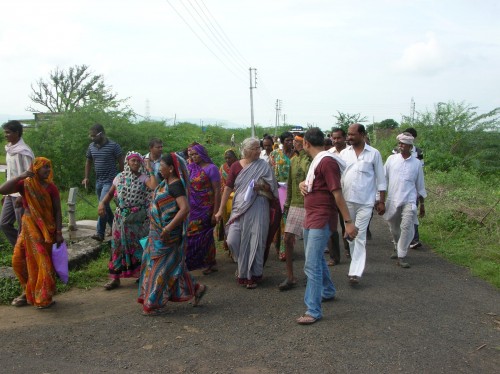

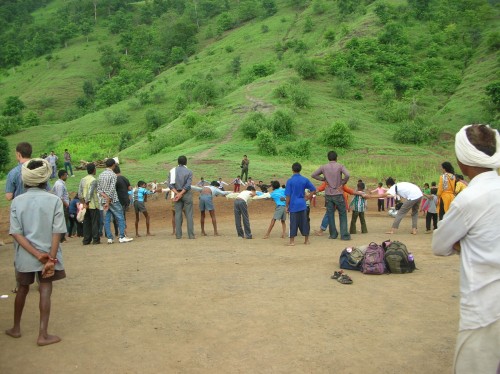


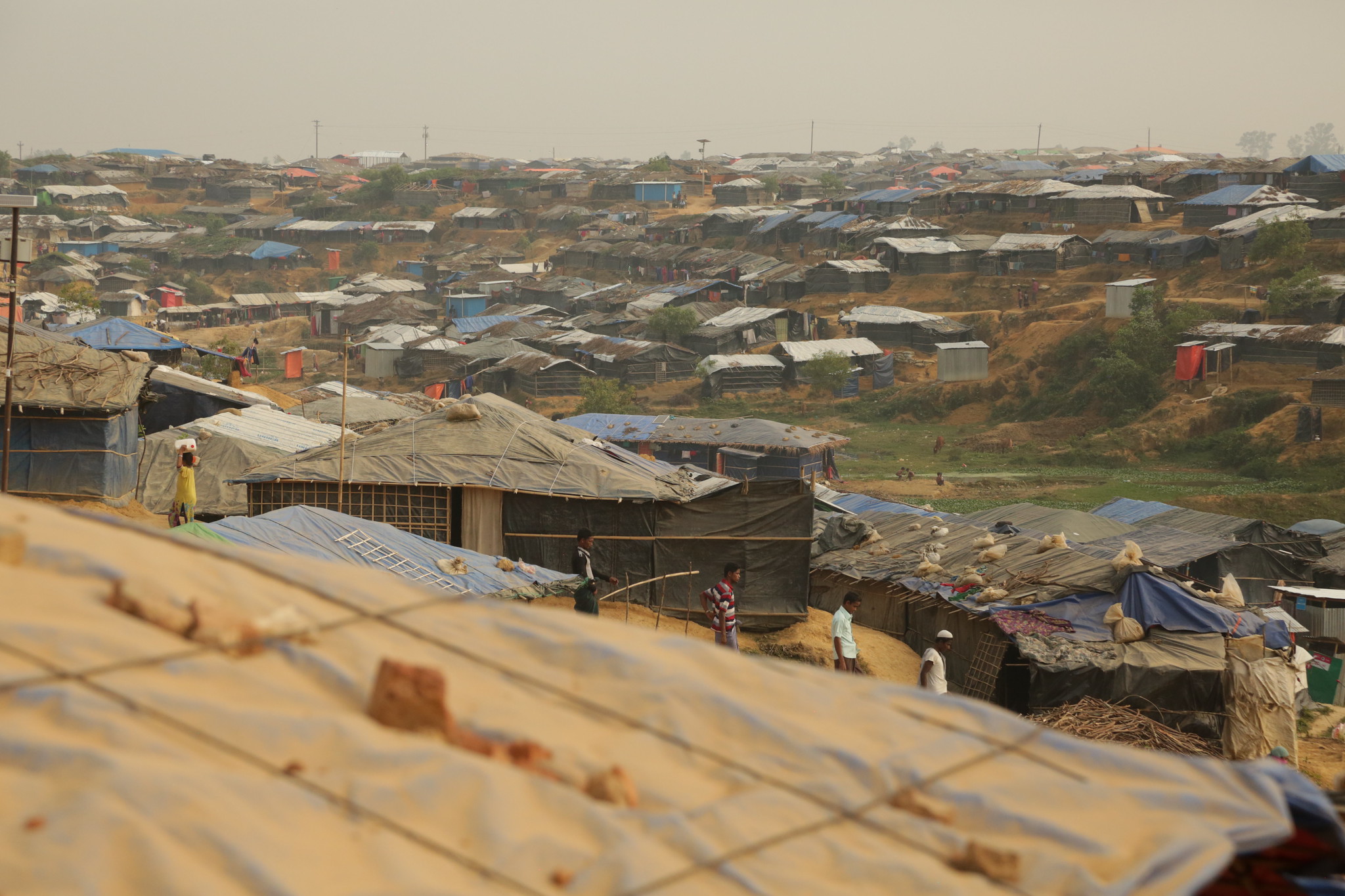


1 Comments